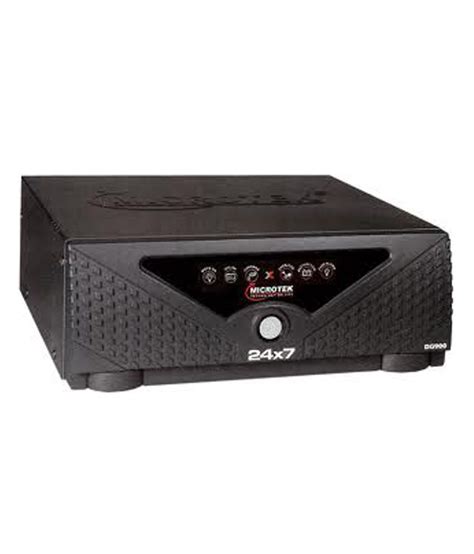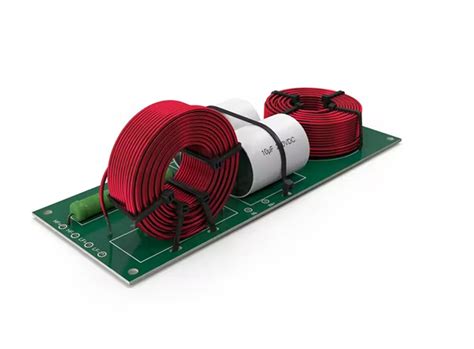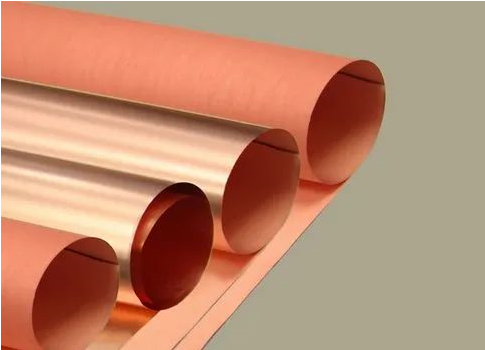Microtek PCB Solutions: Manufacturing and Applications Guide
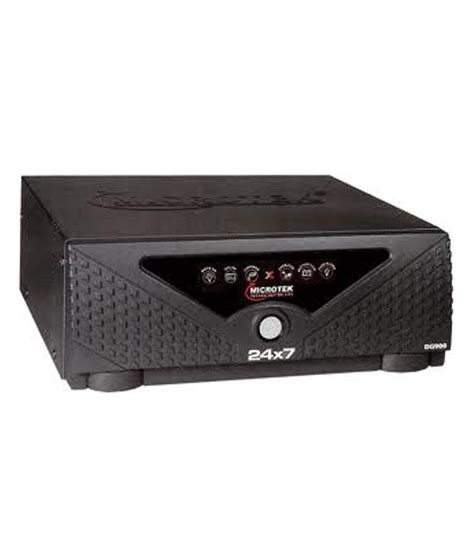
Key Takeaways
When exploring PCB manufacturing solutions, understanding core processes and cost structures helps you make informed decisions. Leading PCB manufacturing companies like Microtek employ advanced techniques—from multilayer lamination to precision etching—to ensure reliability across industries. Optimized production workflows directly impact PCB manufacturing cost, enabling competitive pricing without compromising quality.
"Partnering with established PCB manufacturing business providers ensures access to certified materials and compliance with international standards like IPC-A-600."
For enterprise applications, consider how PCB manufacturing scales with your project needs. Bulk orders often reduce per-unit expenses, but balancing lead times and material specifications is crucial. Learn more about tailored solutions to align technical requirements with budget constraints.
Key factors when selecting a supplier include:
- Design flexibility for industry-specific layouts (e.g., automotive or medical devices).
- Cost transparency in prototyping versus mass production.
- Compliance testing protocols for durability and performance.
Pro Tip: Request detailed PCB manufacturing cost breakdowns early in discussions to avoid hidden fees and streamline project planning.

Microtek PCB Manufacturing Process Explained
When exploring PCB manufacturing, understanding the technical workflow helps you appreciate how companies like Microtek deliver precision-engineered circuit boards. The process begins with design verification, where engineers validate schematics against industry standards to ensure compatibility with your application. Next, material selection plays a critical role—high-grade substrates and copper layers are chosen to balance PCB manufacturing cost and performance requirements.
Automated machinery then patterns the board through photolithography, etching conductive pathways with micron-level accuracy. For multilayer designs, PCB manufacturing companies use advanced lamination techniques to bond layers while maintaining signal integrity. Post-etching, boards undergo rigorous testing, including automated optical inspection (AOI) and electrical continuity checks, to eliminate defects before final assembly.
Microtek’s approach emphasizes scalability, making it ideal for both prototyping and PCB manufacturing business operations requiring bulk production. By integrating lean practices, they minimize waste and optimize turnaround times without compromising quality. Whether you’re sourcing control cards or complex industrial boards, their process ensures consistency from start to finish—a key advantage when aligning technical specs with your project’s demands.
This systematic methodology not only meets global standards but also adapts to emerging technologies, positioning Microtek as a strategic partner for enterprises navigating evolving PCB manufacturing landscapes.
Industrial Applications of Circuit Board Technology
Modern industries rely heavily on PCB manufacturing to power complex systems, from automation controls to smart infrastructure. Whether you’re developing automotive electronics or medical devices, PCB manufacturing companies tailor designs to meet stringent performance requirements. For instance, industrial automation systems use multilayer PCBs to manage real-time data processing, while energy grids integrate high-durability boards to withstand harsh environments.
When evaluating PCB manufacturing cost, factors like material selection, layer complexity, and production volume directly impact scalability. Enterprises in aerospace or telecommunications often prioritize specialized substrates to ensure signal integrity and thermal stability. Meanwhile, the PCB manufacturing business increasingly adopts flexible and rigid-flex designs for compact, lightweight applications in robotics or IoT devices.
By collaborating with certified manufacturers, you gain access to advanced fabrication techniques that balance precision with cost-efficiency. Transitioning to automated assembly lines, for example, reduces human error while accelerating prototyping cycles. As industries evolve, understanding how customization and compliance standards intersect with your operational needs becomes critical—whether you’re upgrading legacy systems or deploying cutting-edge solutions. This alignment ensures your projects stay competitive in a rapidly advancing technological landscape.
High-Performance Control Card Solutions Overview
When integrating PCB manufacturing into industrial systems, high-performance control cards act as the operational backbone, ensuring precision in automation and machinery. These components rely on advanced signal integrity and thermal management to maintain reliability in demanding environments like robotics, energy grids, or automotive assembly lines. Leading PCB manufacturing companies prioritize multi-layer designs with high-density interconnects (HDI) to minimize signal loss while maximizing processing speed.
| For example, control cards used in industrial IoT systems often require: | Feature | Application Impact | Cost Consideration |
|---|---|---|---|
| 8+ Layer Stackup | Enhanced signal routing | Higher PCB manufacturing cost | |
| High-Tg Materials | Stability at 150°C+ | 15-20% material premium | |
| Embedded Components | Space optimization | Complex assembly processes |
Balancing PCB manufacturing business priorities—such as scalability and quality control—is critical when sourcing these solutions. You’ll want to verify certifications like ISO 9001 and IPC Class 3 to ensure compliance with industrial standards. Additionally, partnering with suppliers offering prototyping support reduces time-to-market for custom control card designs.
As industries adopt smarter automation, the demand for control cards with real-time data processing capabilities grows. This trend pushes PCB manufacturing toward finer trace widths (≤ 3 mil) and hybrid rigid-flex designs, which improve durability in vibration-prone settings. By aligning your specifications with these advancements, you can future-proof systems while managing PCB manufacturing cost through optimized material selection and volume pricing.
Next, we’ll explore how global enterprises leverage these innovations across sectors—ensuring seamless integration with broader PCB solutions.
Global PCB Solutions for Enterprise Applications
When scaling operations across continents, your enterprise requires PCB manufacturing partners capable of delivering consistent quality while navigating regional challenges. Leading PCB manufacturing companies like Microtek offer tailored solutions that align with international standards, ensuring seamless integration into diverse industrial ecosystems. Whether you’re deploying automation systems in Europe or energy infrastructure in Asia, selecting a supplier with globalized production hubs minimizes logistical bottlenecks and accelerates time-to-market.
A critical consideration is PCB manufacturing cost, which fluctuates based on material sourcing, labor regulations, and compliance requirements. By partnering with firms that optimize supply chains through localized sourcing and advanced fabrication techniques, you can achieve cost-efficiency without compromising performance. For instance, multilayer boards designed for telecommunications or automotive control systems demand precision engineering—a specialty of established PCB manufacturing business providers.
Moreover, enterprises benefit from modular designs that adapt to regional technical specifications. Microtek’s global network supports rapid prototyping and bulk production, enabling you to address market-specific needs—from humidity-resistant boards for tropical climates to high-frequency variants for 5G infrastructure. This flexibility ensures your projects remain agile in competitive landscapes, backed by certified quality assurance protocols.
By aligning with a PCB manufacturing partner that understands cross-border complexities, you secure not just components but strategic advantages—scalability, compliance, and innovation—all critical for sustaining global operations.

Bulk Ordering Guide for Microtek Circuit Boards
When planning bulk orders for PCB manufacturing, understanding cost drivers and supplier capabilities becomes critical. Volume discounts often apply when ordering large quantities from PCB manufacturing companies, but balancing PCB manufacturing cost with quality requires careful evaluation. Start by confirming your project’s technical specifications—layer count, material type, and tolerance levels—to ensure compatibility with the manufacturer’s expertise. Microtek’s PCB manufacturing business model prioritizes scalability, offering flexible production runs tailored to industrial demands.
For enterprises, consolidating orders across departments or projects can optimize per-unit pricing. However, always verify lead times and minimum order quantities (MOQs) to align with your supply chain timelines. Advanced planning tools, such as real-time inventory tracking from PCB manufacturing companies, help mitigate delays. Additionally, consider requesting prototype batches before full-scale production to validate design integrity.
Finally, prioritize partners with transparent communication channels and robust quality assurance protocols. Microtek’s integrated approach ensures seamless coordination between design teams and production lines, reducing risks in high-volume scenarios. By aligning your requirements with a manufacturer’s strengths, you secure both cost efficiency and reliability in PCB manufacturing operations.
Technical Specifications for Advanced PCBs
When selecting advanced PCBs for industrial applications, understanding their technical specifications ensures compatibility with your project’s demands. Key parameters include layer count (ranging from single-sided to 20+ layers), material composition (FR4, high-frequency laminates, or flexible substrates), and thermal management capabilities. For precision-driven industries like aerospace or medical devices, PCB manufacturing companies prioritize tolerances as tight as ±0.05mm and impedance control within 1–5% variance to maintain signal integrity.
Cost optimization often hinges on balancing PCB manufacturing cost with performance. For instance, choosing lead-free HASL finishes over gold plating reduces expenses without compromising durability in moderate environments. Advanced features like embedded components or HDI (High-Density Interconnect) designs may elevate initial costs but enhance long-term reliability—a critical factor for enterprises scaling their PCB manufacturing business.
Global standards such as IPC-6012 and ISO 9001 certification ensure consistency across batches, particularly when partnering with PCB manufacturing providers for bulk orders. Always verify specifications like operating temperature range (-55°C to 150°C) and dielectric strength (≥1.5kV/mm) to align with your industry’s regulatory requirements. By prioritizing these technical benchmarks, you streamline integration while minimizing redesign risks in complex systems.
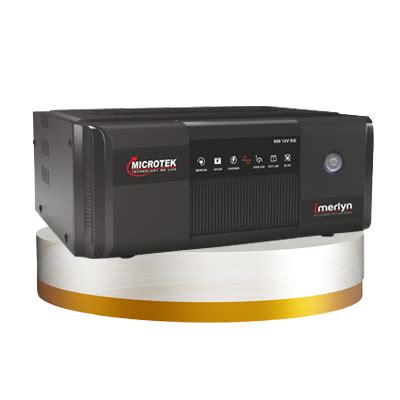
Choosing the Right PCB Design for Your Industry
Selecting the optimal PCB design for your industry requires balancing technical requirements with operational efficiency. Start by analyzing your application’s environmental conditions, signal integrity needs, and thermal management demands. For instance, industrial automation systems demand high-performance circuit boards that withstand vibration and temperature fluctuations, while medical devices prioritize precision and miniaturization.
Collaborating with experienced PCB manufacturing companies ensures designs align with industry standards. These partners can recommend materials like FR-4 or polyimide based on your PCB manufacturing cost constraints and durability requirements. If you’re scaling production, evaluate whether the PCB manufacturing business you’re working with offers prototyping, testing, and bulk-order flexibility—key factors for enterprise applications.
Consider layer count and trace density early in the design phase to avoid costly revisions. For high-frequency applications, controlled impedance routing becomes critical. Always request detailed technical specifications to verify compatibility with your equipment. By prioritizing these elements, you’ll streamline the PCB manufacturing process and reduce time-to-market, ensuring your solution meets both current needs and future scalability.
Transitioning to the next phase, understanding emerging trends in PCB manufacturing technology will further refine your design strategy.
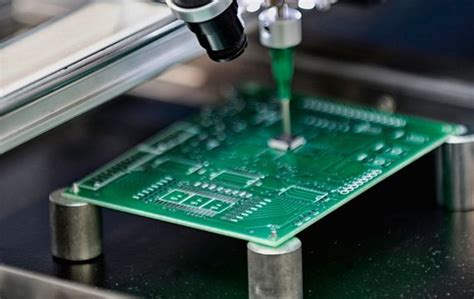
Future Trends in PCB Manufacturing Technology
As you plan your next project, understanding emerging trends in PCB manufacturing will help you stay competitive. Leading PCB manufacturing companies are integrating AI-driven design tools and IoT-enabled quality control systems to optimize production accuracy. These advancements not only reduce PCB manufacturing cost but also minimize waste, making high-volume orders more sustainable.
Another critical shift is the adoption of flexible hybrid electronics (FHE), enabling thinner, lighter boards for wearables and medical devices. For enterprises scaling their PCB manufacturing business, modular production lines with robotic automation are becoming essential to handle complex, multi-layer designs efficiently.
Sustainability is reshaping material choices, with biodegradable substrates and lead-free soldering gaining traction. Innovations like 3D-printed circuitry could further disrupt traditional workflows, allowing rapid prototyping without sacrificing performance. To stay ahead, prioritize partnerships with manufacturers investing in real-time monitoring systems and energy-efficient processes.
Finally, as global demand grows, balancing PCB manufacturing cost with reliability will hinge on leveraging data analytics to predict maintenance needs and streamline supply chains. By aligning with these trends, you ensure your projects meet tomorrow’s standards today.
Conclusion
When selecting PCB manufacturing partners, understanding both technical capabilities and economic factors becomes crucial. Leading PCB manufacturing companies like Microtek demonstrate how balancing PCB manufacturing cost with quality ensures competitive solutions for industrial applications. Whether you’re scaling a PCB manufacturing business or integrating circuit boards into complex systems, prioritizing precision and adaptability remains key.
Technical specifications and global standards play pivotal roles in determining the right fit for your industry. As industries evolve, partnering with manufacturers that offer scalable production and robust R&D support will future-proof your operations. By aligning your requirements with suppliers’ expertise, you optimize performance while managing lifecycle costs—a critical advantage in sectors demanding high-reliability electronics.
Ultimately, the choice hinges on evaluating how well a provider’s capabilities match your operational needs, from prototyping to bulk production. Staying informed about advancements in materials and processes ensures your projects remain at the forefront of innovation.
Frequently Asked Questions
How do you choose the right PCB manufacturing companies for industrial projects?
Look for certifications like ISO 9001 and IPC-A-610 compliance, which ensure quality standards. Reputable PCB manufacturing providers, such as Microtek, offer transparent cost breakdowns and scalability for bulk orders.
What factors influence PCB manufacturing cost?
Costs depend on board complexity, material type (e.g., FR-4 or high-frequency laminates), layer count, and turnaround time. Optimizing design files and ordering in bulk often reduces expenses.
Can a PCB manufacturing business support custom designs?
Yes, specialized firms provide tailored solutions, including rigid-flex boards or high-density interconnects. Ensure they offer design-for-manufacturing (DFM) reviews to avoid production delays.
How do you ensure reliability in PCB manufacturing for critical applications?
Verify testing protocols like automated optical inspection (AOI) and thermal stress testing. Partner with companies that share detailed technical specifications and compliance documentation.
What trends are reshaping PCB manufacturing?
Innovations like additive manufacturing and embedded components are accelerating production cycles while improving precision. Staying updated ensures your projects leverage cutting-edge technology.
Ready to Optimize Your PCB Solutions?
For expert guidance on PCB manufacturing or to request a quote, please click here to visit Andwin PCB’s Manufacturing Services.

